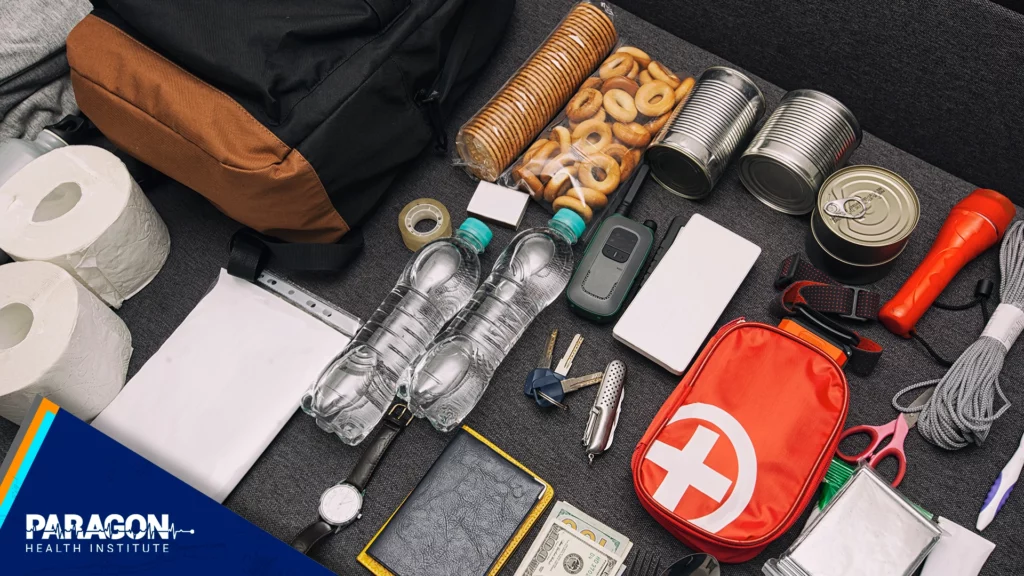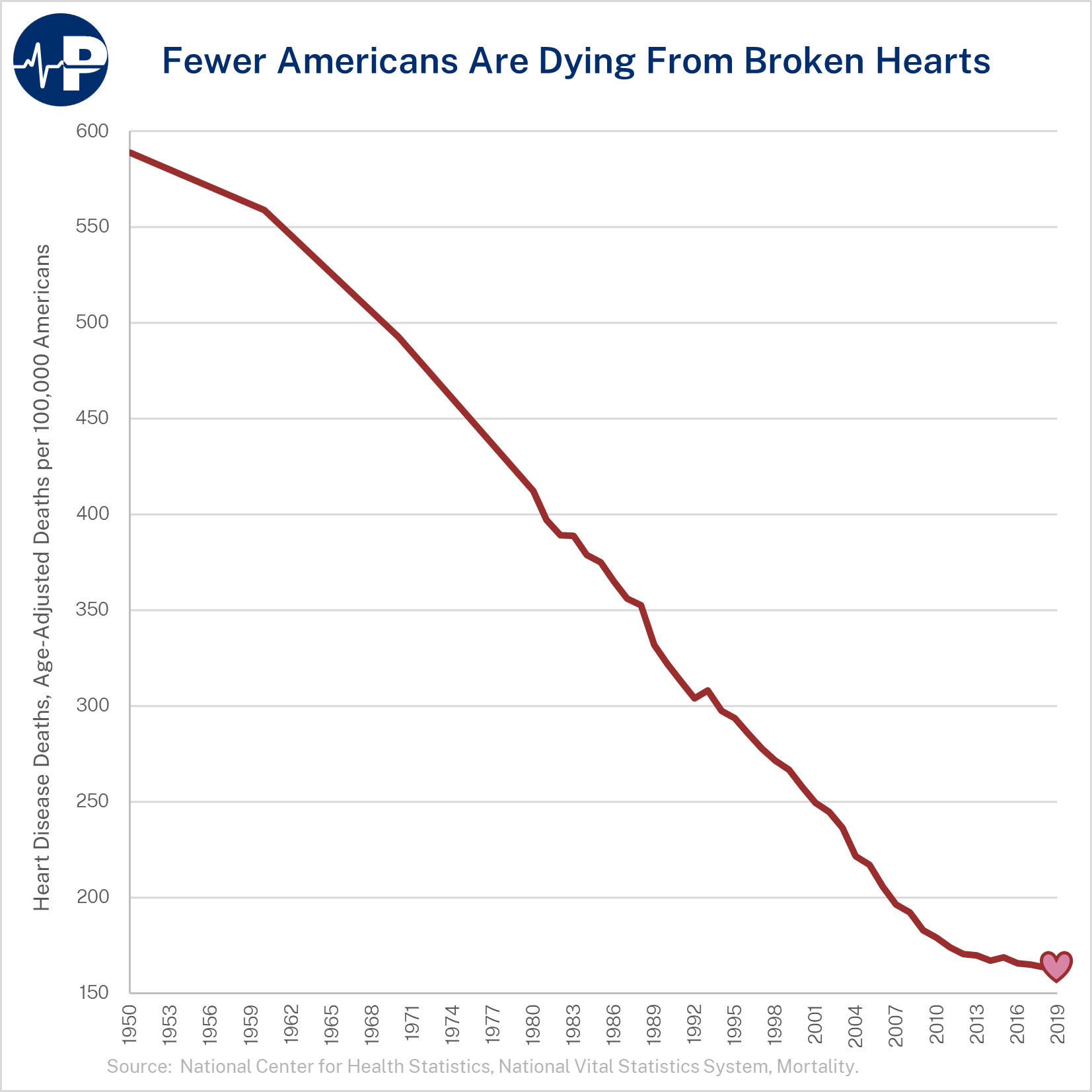On April 12, 2023, Paragon’s Drew Keyes wrote a response to a request for information (RFI) about the Pandemic and All-Hazards Preparedness Act (PAHPA). The RFI came from Representatives Anna Eshoo and Richard Hudson.
Dear Representative Eshoo and Representative Hudson,
Thank you for your request for information on the reauthorization of the Pandemics and AllHazards Preparedness Act (PAHPA).
As the first PAHPA Reauthorization post-Covid, Congress should maintain objectivity and avoid reactionary policies that overextend that federal footprint through inefficient and redundant programs. Congress should avoid the false narrative that insufficient federal public health resources were to blame for failures in the country’s response to the Covid-19 pandemic. The problems were failures of execution.
Congress should learn the right lessons. The federal government cannot prepare for every hypothetical public health threat.1 Instead, it should position itself to an adaptive response that incorporates the mobilization of public-private partnerships. This means focusing federal resources on proven solutions that harness that capabilities of America’s innovative free-market private sector and put in place focused protocols that engage those capabilities when unforeseen threats emerge.
1. Focus the reauthorization on the core objectives of PAHPA
The circumstances surrounding the reauthorization of PAHPA are understandably fraught with the failures in the national response to the pandemic.
A large portion of those failures occurred at the nation’s core public health agencies: the Centers for Disease Control and Prevention (CDC), the National Institutes of Health (NIH), and the Food and Drug Administration. The CDC, in particular, plays a significant role in carrying out portions of PAHPA and repeatedly failed in its mission.
Implementing the vital reforms needed at those agencies deserves Congress’ full attention. PAHPA should not be used as a means to expand those agencies, increase grant funding through those agencies, or increase their authority in unrelated matters.
Congress should, instead, undertake a broader effort, outside the PAHPA reauthorization process, to restore the CDC and the NIH to their core missions. Doing so will enhance the effectiveness of the nation’s emergency response when that response involves infectious disease or other public health matters.
2. Prioritize private sector solutions in addressing the Strategic National Stockpile and supply chain issues
The Strategic National Stockpile (SNS) was originally established to counter threats from adversarial nations, particularly as it related to anthrax and smallpox.2 Federal policymakers never intended for the SNS to equip every state in the event of an extended pandemic, and viewed it as a temporizing tool that would allow the private sector time to ramp up to meet demand.3
Many stakeholder responses to this RFI have undoubtedly expounded on the failures of the SNS, the need for specific capabilities within the SNS, or even the need for separate, specialized stockpiles. But the pandemic experience taught us that the SNS can only be a short-term mechanism that is part of a larger protocol.4
Recommendation: Reforms to the SNS should be focused on improving its capabilities and adaptability and should refrain from being overly prescriptive. Instead, increased engagement with the private sector should be utilized to improve situational awareness ahead of public health emergencies so that regulatory barriers to rapid supply chain responses can be removed.
3. Avoid redundancy between OPPRP and ASPR, BARDA and ARPA-H
In the Consolidated Appropriations Act, 2023 (P.L. 117-328), Congress already took several steps that typically would have been addressed during PAHPA reauthorization through partial enactment of the PREVENT Pandemics Act. Those efforts, which did not receive full consideration in the House of Representatives, should be open to amendment in this process.
Particularly the new Office of Pandemic Preparedness and Response Policy (OPPRP) established within the White House created additional redundancies that are not only unnecessary but risk creating bottlenecks in a process that should be streamlined. While the OPPRP is meant to streamline pandemic responses, most functions that it will carry out are duplicative of existing functions at other agencies, particularly that of the Administration for Strategic Preparedness and Response.
Further, the FY23 appropriations law authorized a new independent agency within NIH, the Advanced Research Projects Agency for Health (ARPA-H). While the agency itself was unnecessary and beyond NIH’s core mission, which is to advance basic science, that conversation is outside the scope of PAHPA reauthorization.
However, Congress should take extra steps to ensure the Biomedical Advanced Research and Development Authority (BARDA) does not duplicate efforts that will be carried out by ARPA-H. Both agencies seek to fill perceived gaps in applied sciences, although BARDA is specifically focused on medical countermeasures. Congress should ensure such efforts are streamlined through the appropriate agency to avoid a duplicative waste of taxpayer dollars.
Recommendation: While the law included a throwaway line to “prohibit redundancy” between OPPRP and ASPR, Congress should use the opportunity to, at the very least, clarify the intent of the new office. As it is currently outlined, many of its efforts overlap with efforts currently undertaken by ASPR, particularly its role as co-chair of the Public Health Emergency Medical Countermeasures Enterprise (PHEMCE). Further, Congress should streamline efforts between BARDA and ARPA-H and, where possible, cut duplicative spending on similar efforts.
4. Refrain from using PAHPA to expand subsidies through workforce programs
While the pandemic significantly increased pressures for many of the nation’s health care workers, PAHPA should not be used a means to address the much-exaggerated provider shortage. Efforts to expand federal workforce subsidies through loan repayment and federal programs like the Nurse Corps should remain outside the scope of PAHPA reauthorization. These are ongoing issues, independent of pandemic planning.
Further, the Medical Reserve Corps (MRC), which is under the purview of PAHPA reauthorization, is not in need of more federal funding. Congress just passed $100 million in funding for the MRC.5 Instead of authorizing additional funding for the program, Congress should wait to see how that funding, half of which has just been made available, is utilized and whether that funding is effective.6
Recommendation: Ensure that workforce issues outside the scope of PAHPA reauthorization are not added to this important process. Further, the Medical Reserve Corps does not need additional funding, as it has just received more funding than its entire authorization from the 2019-2023 period. Congress should first take steps to better outline what that funding should be used for and assess how the funding already made available will be put to use.
Again, thank you for the opportunity to respond to this RFI.
Sincerely,
Drew Keyes
Senior Policy Analyst
Paragon Health Institute





